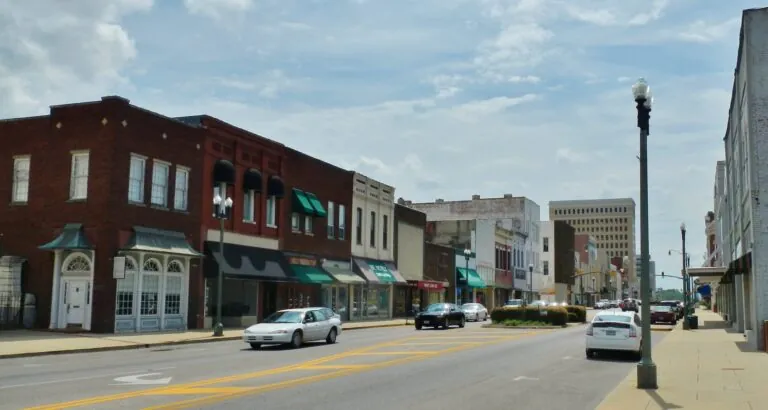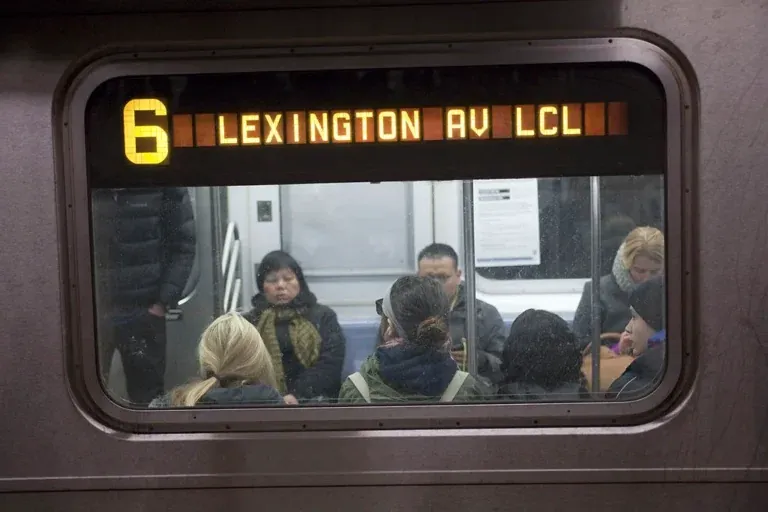This City Has Been Named the Worst City to live in Ohio
Cleveland, Ohio, was ranked as the worst city to live in Ohio in 2023, according to a study by WalletHub. In its study, WalletHub analyzed 182 U.S. cities across over 50 key indicators of livability, including quality of life, affordability, health, safety, and education.
Crime: A Persistent Challenge
Cleveland’s crime problem has garnered significant attention, with its high crime rate casting a dark shadow over the city. In 2022, over 5,500 violent crimes were reported, more than double the national average. The FBI’s Uniform Crime Reporting Program placed Cleveland 42nd among the 50 largest U.S. cities for violent crime rates in the same year. Moreover, the city’s homicide rate stood at 171 in 2022, which is over four times the national average.
Addressing crime is critical for Cleveland’s future. Community policing, collaboration with nonprofits, and increased investment in social programs can contribute to a safer environment for residents.
Poverty and Unemployment: A Vicious Cycle
Cleveland’s high poverty rate is another issue that plagues the city, with over 30% of its residents living below the poverty line. This figure is more than double the national poverty rate. The unemployment rate in Cleveland, at 6.3% in September 2023, is also higher than the national average of 3.5%. These intertwined issues perpetuate a cycle of economic hardship for many of the city’s residents.
Efforts to tackle poverty and unemployment should focus on job creation, workforce development, and accessible education and training opportunities to break this cycle.
Education: A Struggling System
Cleveland’s public school system faces its own set of challenges, with only 57% of students graduating from high school on time. This graduation rate is considerably lower than the state average of 89.1%. A robust education system is crucial for providing opportunities and fostering a skilled workforce.
Reforms in education policy, teacher training, and greater investment in schools can help improve the prospects for Cleveland’s students.
Economy: Slow Recovery
Cleveland’s economy has faced adversity in recent years, losing over 100,000 jobs between 2000 and 2010. While the city’s economy has experienced some growth since then, it has not yet fully recovered to pre-recession levels. Economic revitalization efforts are needed to bolster job creation and attract investment.
Infrastructure: A Crumbling Backbone
Cleveland’s infrastructure is in dire need of repair, with roads and bridges showing signs of deterioration. The American Society of Civil Engineers awarded the city a dismal grade of D+ in 2023, estimating that over $1 billion is required to restore and replace the aging infrastructure.
Investments in infrastructure projects are crucial not only for the safety and convenience of residents but also for attracting businesses and improving overall quality of life.
Housing: A Surplus of Vacancy
Cleveland faces a high vacancy rate, with many homes in need of repair. The U.S. Census Bureau reported an 18.7% vacancy rate in 2021, which is more than double the national average. Affordable and safe housing is a fundamental component of any thriving community.
Efforts to address housing challenges should include revitalizing neighborhoods, affordable housing initiatives, and incentives for home improvement.
Healthcare: A Lack of Access
Cleveland’s healthcare sector is under strain due to a shortage of doctors and healthcare providers, leading to shorter lifespans for its residents compared to the national average. A low physician-to-population ratio and below-average life expectancy underscore the importance of accessible healthcare services.
Strategies to address healthcare disparities may involve incentivizing healthcare professionals to practice in underserved areas and expanding community health services.
Cleveland’s Strengths and Progress
Despite these formidable challenges, Cleveland remains a city with strengths that cannot be overlooked. Its vibrant arts and culture scene, passionate sports fans, and scenic lakefront location continue to attract residents and visitors alike. Moreover, the city is actively working to confront its issues.
In recent years, there has been a slight decrease in Cleveland’s crime rate, showcasing potential progress in enhancing safety for its residents. Additionally, investment in new infrastructure projects demonstrates a commitment to long-term improvement in quality of life.
As Cleveland grapples with its “Crime Capital” label, it is imperative for the city and its residents to come together and address the underlying issues. Through concerted efforts in community engagement, economic development, education, and healthcare, Cleveland can rise above its current challenges and continue to be a resilient and vibrant city where residents can live, work, and thrive. Cleveland’s potential to reshape its future remains intact, promising a better and safer environment for all its residents.
Read More:







